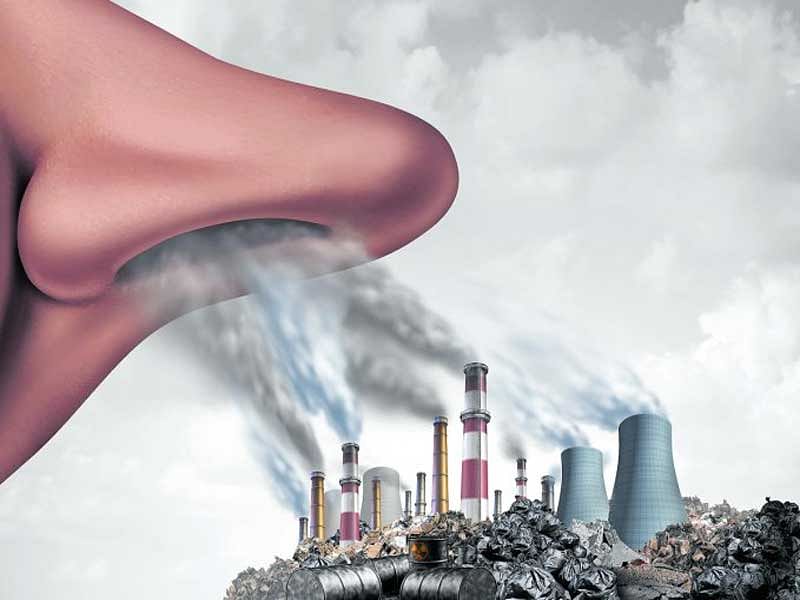
Nearly 35% of outdoor workers including KSRTC drivers and roadside hawkers who are exposed to air pollution have shown restricted lung capacity, according to a recent study.
In a bid to understand how pollution affects people’s health on a daily basis, Mangaluru’s Regional Transport Office (RTO) and Anti-Pollution Drive Foundation (APD), conducted a study on the impact of vehicular air pollution on outdoor workers such as street vendors, KSRTC and city bus drivers.
A Pulmonary Function Test (PFT) was carried out on 174 outdoor workers. The report showed that 104 candidates (59.7%) have normal health. However, 61 (35%) of them showed to be restrictive lung capacity; 51 of the restrictive cases were non-smokers. A total of 9 candidates (3.4%) proved obstructive (out of which 4 were smokers).
Dr Irfan Kandal, a city-based pulmonologist said that this was a preliminary study. He suggested DLCO (Diffusion Lung Capacity for Carbon Monoxide) and Chest Radiography (Chest X-Ray and CT Thorax) for definitive results.
Addressing a gathering at a programme held as a part of Air Pollution Awareness Month at the RTO, Karnataka State Pollution Control Board Senior Scientific Officer Jayaprakash Nayak said that environmental conservation was the need of the hour and everyone’s responsibility.
“Smoking vehicles like buses and auto rickshaws are the main causes for air pollution. Emission test centres must be more prudent with their approach towards such vehicles. They must restrict issuing emission test certificates to polluting vehicles if they do not pass the test,” he said.
Three cylinders
Stressing on the importance of each tree in the lifespan of a human being, he said that each individual adult needs three cylinders of oxygen every day.
“A single cylinder of oxygen costs about Rs. 2,500. After doing the math, we might conclude that a person would need a minimum of Rs 7.5 crores worth of oxygen in a lifetime. A single tree can cater to the oxygen needs of hundreds of people. We, as responsible citizens of this city, must grow trees and reduce non-bio-degradable waste, ” he added.
APD Chief Abdullah A Rehman said, “Smoke emitting vehicles are a nuisance to society, public health and the economic profile of cities. Stringent action must be taken by the government to monitor emissions and tighten the norms,” he added.
RTO Assistant Gangadhara listed the health hazards Mangalureans were experiencing due to air pollution. He stressed the need for people to take to healthy commutes and reduce dependency on personal vehicles for travel.